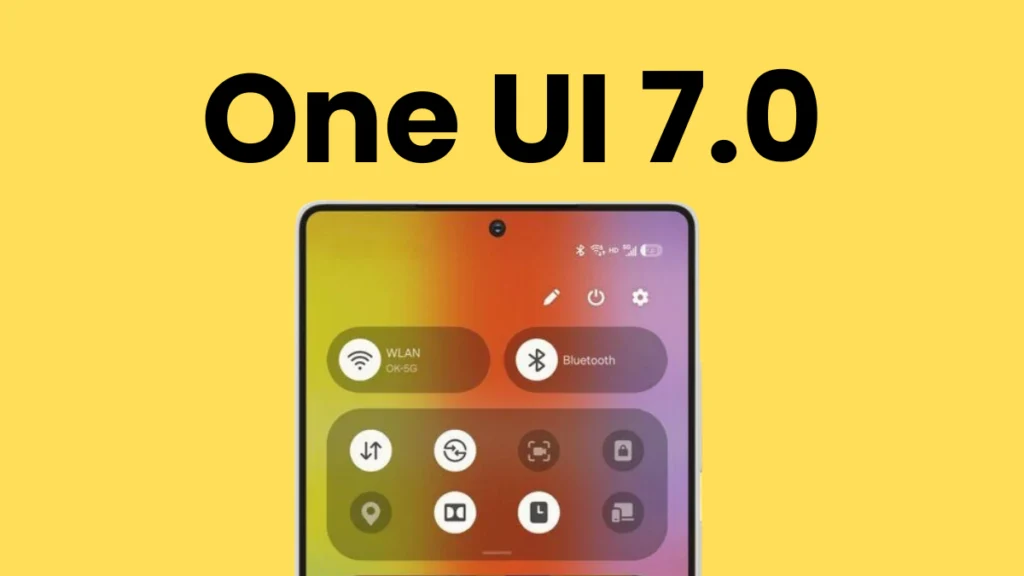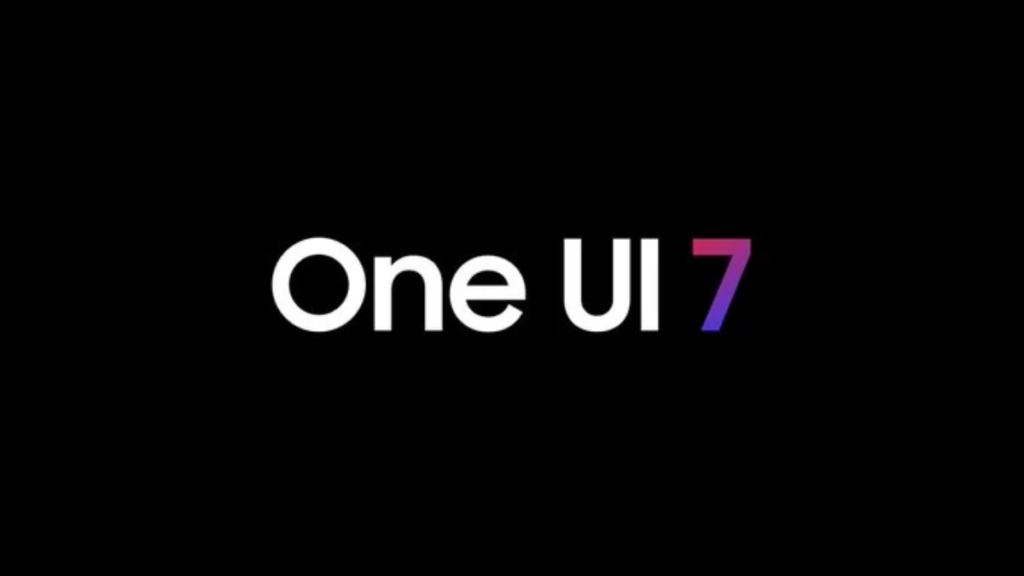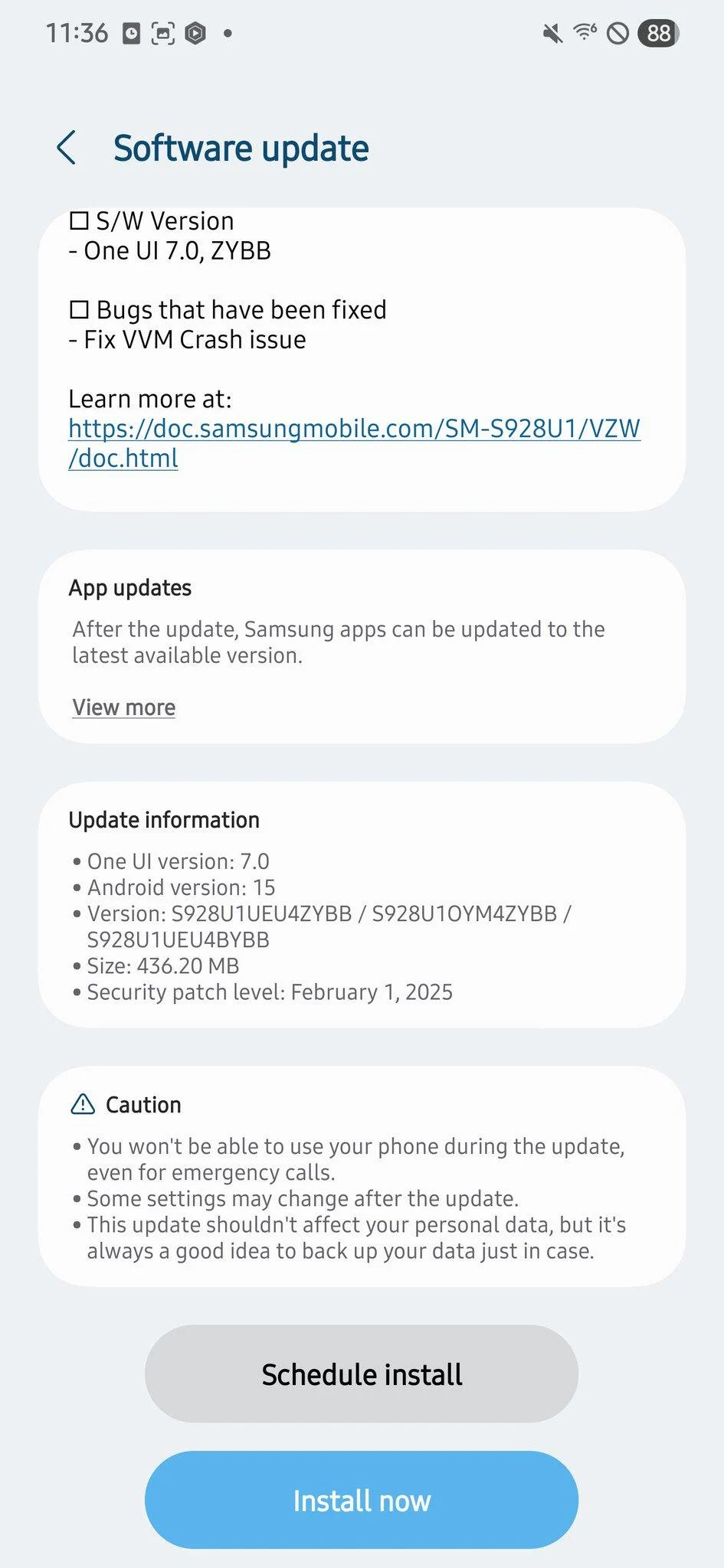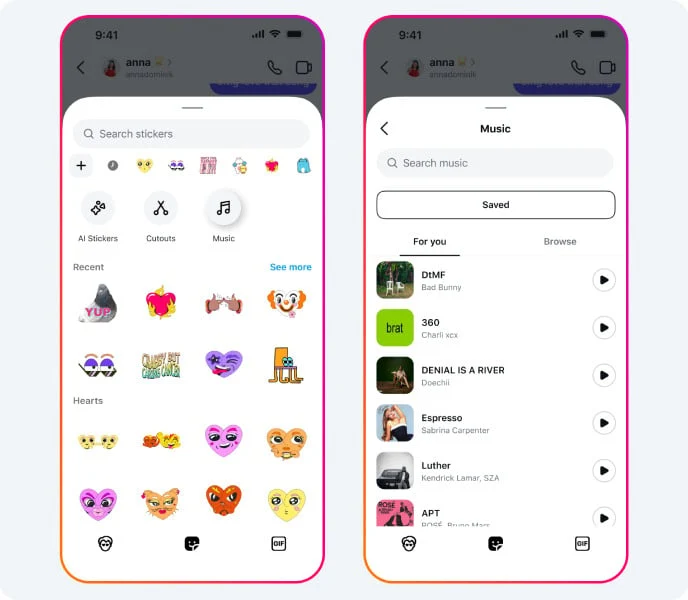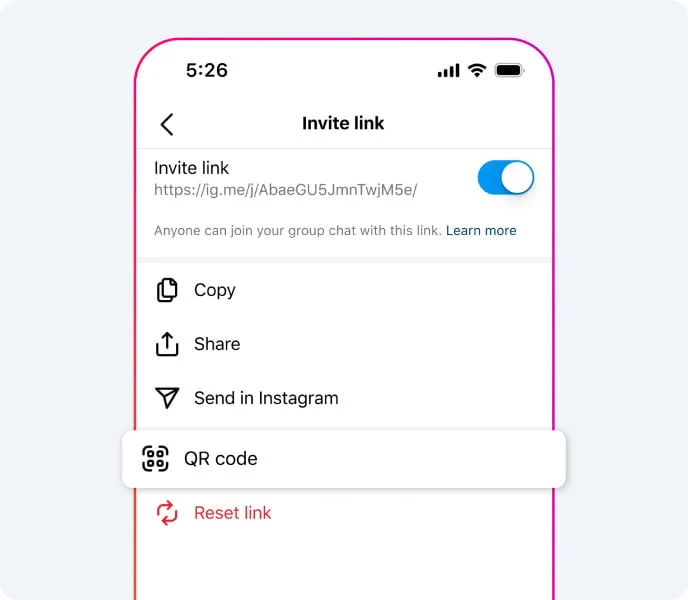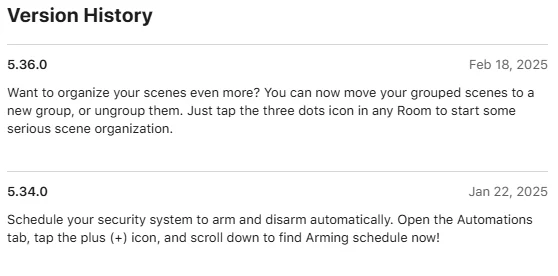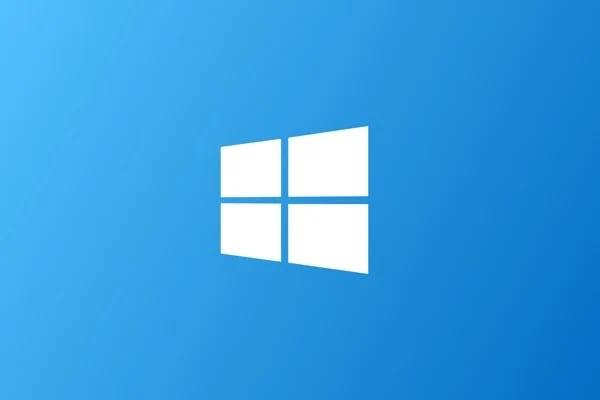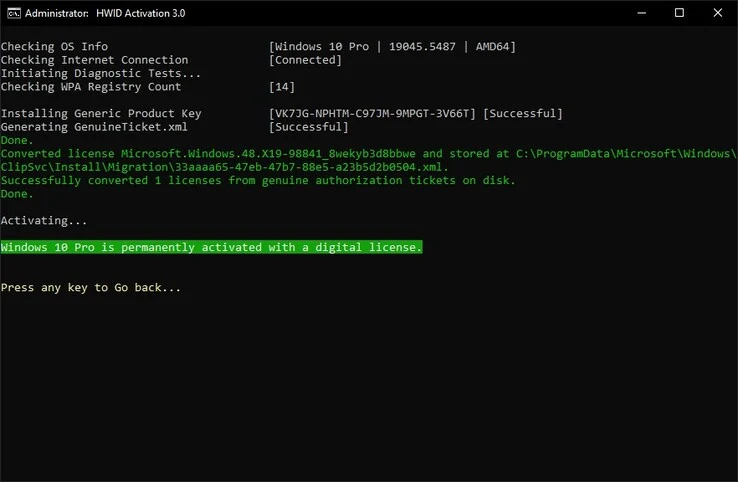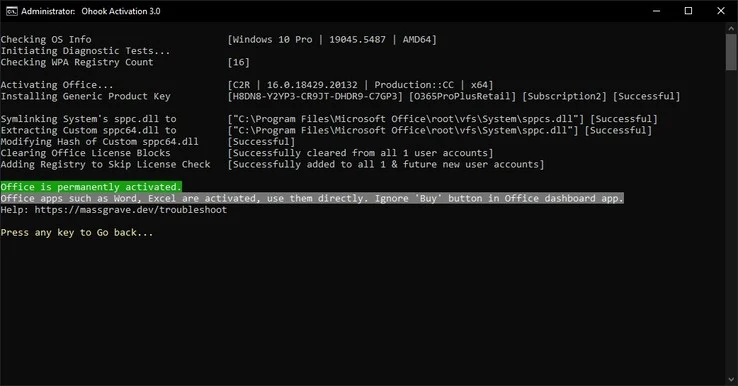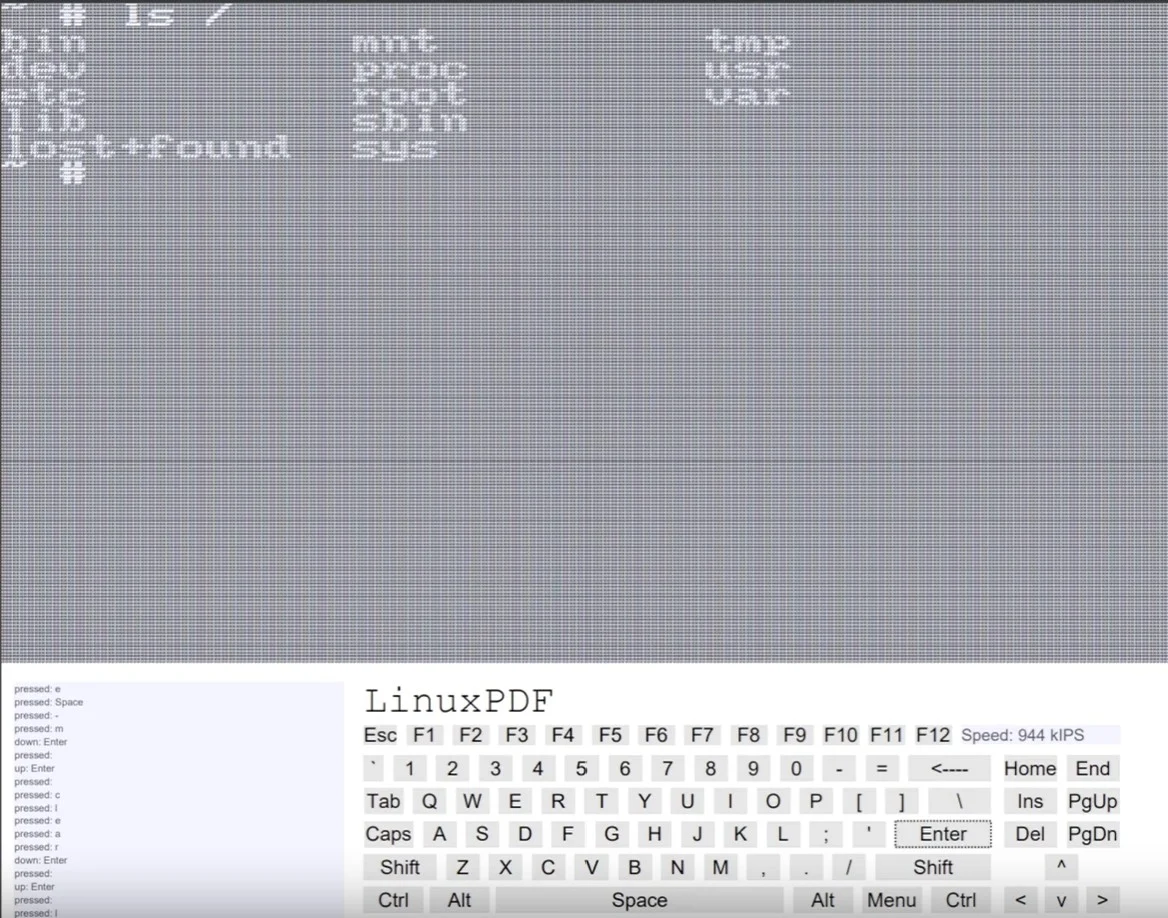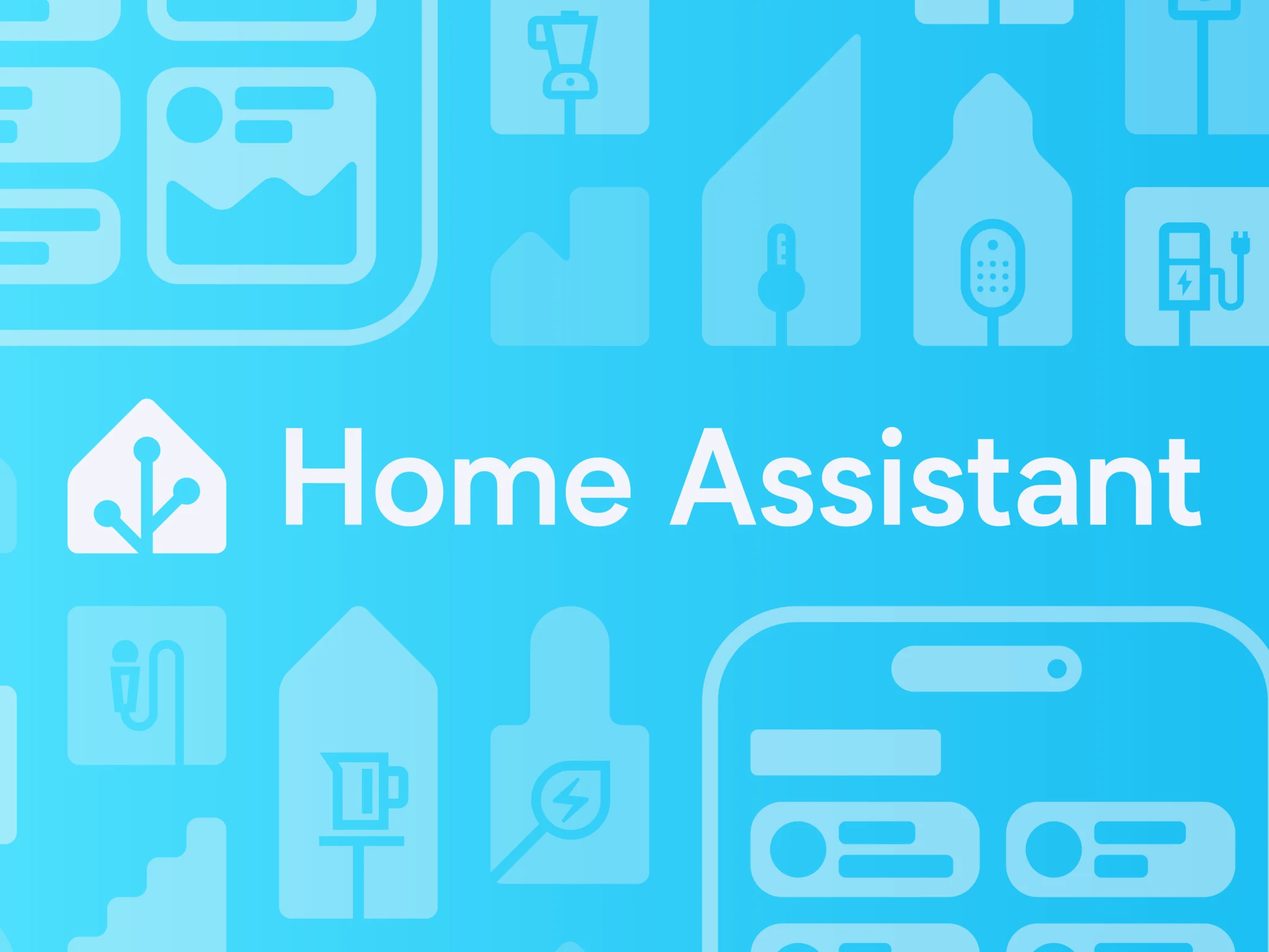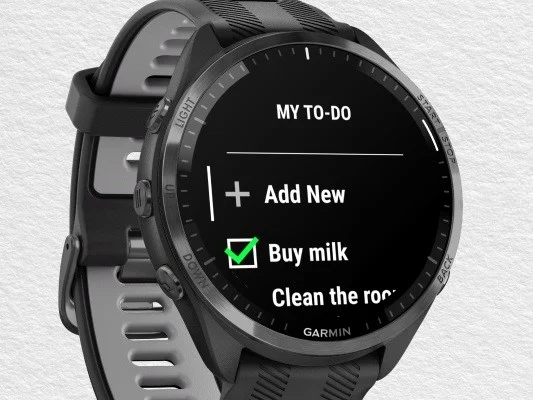Key Takeaways
1. Circle to Search has expanded from Google and Samsung phones to more Android devices and now to Apple devices, but with limitations.
2. On Android, users can easily use Circle to Search across almost all apps by long-pressing the navigation bar.
3. iPhone users have a restricted experience, only able to access the feature within the Google app and Chrome through a three-dot menu option.
4. Google is integrating Circle to Search into Google Lens on iOS, improving usability but not achieving full system-wide access like on Android.
5. Google Lens is receiving AI upgrades, providing users with AI-generated summaries and links related to the items they search for.
Circle to Search has become one of Google’s notable triumphs lately. Initially, it was only available on Google and Samsung phones, but in late 2024, it started to spread to more Android devices. Now, Google is bringing this feature to Apple devices, although there are some significant restrictions.
Functionality on Android
On Android devices, Circle to Search is compatible with nearly all applications and screens. Users can easily activate it by long-pressing the navigation bar, after which they can circle, scribble, or tap on anything displayed to get more information.
Limitations on iPhones
On the other hand, iPhones have a much more limited experience. The feature is only found within the Google app and Chrome. Instead of the straightforward long-press action, users must tap the three-dot menu and choose “Search this Screen” to initiate a search.
Integration with Google Lens
Rather than fully transferring Circle to Search, Google is basically merging its capabilities into Google Lens as an additional feature for Chrome and the Google app on iOS. This makes sense since Lens has provided similar functions for a while, though users usually need to open the app and upload a screenshot to identify what they see on their screens. The latest update does streamline the process a bit, but it’s still not as user-friendly as it is on Android.
Coming soon, a new Lens icon will be introduced to simplify access to this feature even further. However, complete system-wide integration like what exists on Android isn’t in the works for now.
AI Upgrades for Google Lens
In addition, Google Lens is getting enhanced with AI overviews. Now, when users search for something like a flower or a car using Google Lens, they will receive an AI-generated summary of the item, along with links to online resources related to it.
This update is gradually being released to English-speaking users in regions where AI overviews are available.



